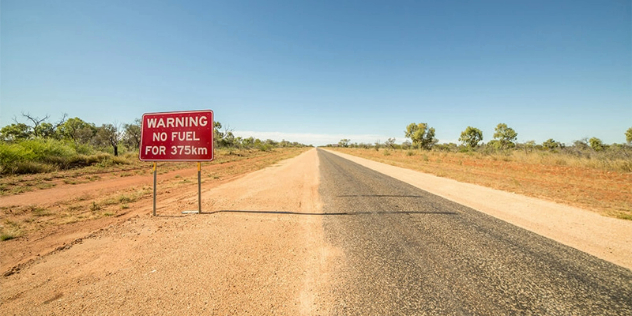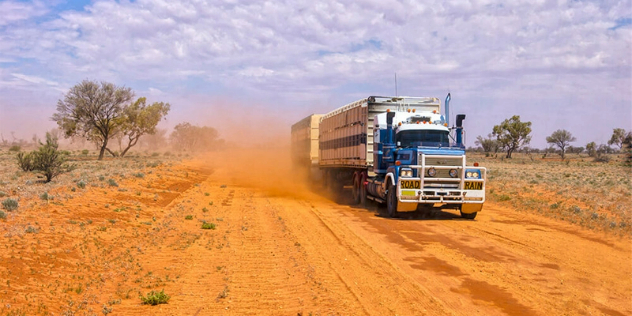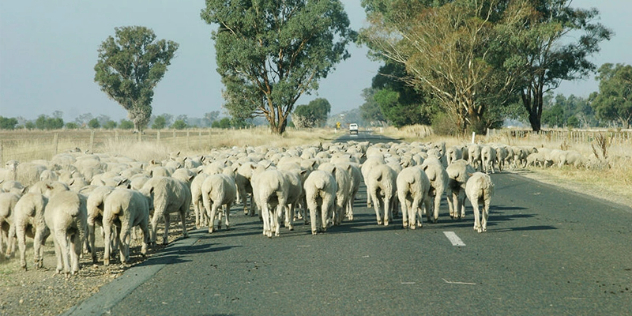
Whether you’re a seasoned traveller or heading into outback QLD for the first time, follow these handy tips to get to your destination safely.
Have your car serviced before your trip or and ensure your spare tyre is at the correct pressure. You can run through our tips for maintaining your car as well to ensure it can handle the trip.
Check driving distances between each town to ensure you have enough fuel and supplies for each leg of your journey.
Pay attention to ‘last fuel’ and ‘no fuel’ warning signs. Fill up even if you think you won’t need it, because it’s better to be safe than sorry.

Use the my nrma app to check what service stations are close by and the best prices in your area.
Ensure you’re prepared for emergencies by packing a first aid kit, a map, tools to change a tyre, food and plenty of water.
Ensure you have adequate prescription medication with you, as outback pharmacies may not stock all medications and it may take a couple of days for medications to be delivered to town.
Mobile phone reception may be patchy (or non-existent) the further you are away from town, so download off-line maps to your phone before you head off or pack a paper map.
Download the Australian Government’s Emergency+ app to use your phone’s GPS to provide critical location details to emergency services in the event of an emergency while on the road.
If you’re on an extended outback adventure it may be worth investing in a satellite phone.
Road trains and heavy vehicles are a common sight on outback roads. Share the road safely with approaching vehicles by moving as far left as possible or pulling over while they pass.

If you have a UHF/CB radio, tune in to channel 40, the Australia-wide highway channel, for any information or instructions from the driver.
Many roads are gated and cross cattle station properties.
The rule of thumb is to leave gates the same way as you find them, so if you find a gate closed be sure to close it again after you pass through.
Visit your closest Visitor Information Centre to talk to locals about the conditions of road that lie ahead or visit Qld Traffic for information on road closures, flooding, road works, livestock on roads and other hazards.
Kangaroos, emus and other wildlife are most active at dawn and dusk, so it pays to be extra vigilant at those times.
Be patient with any wildlife or livestock on the road and avoid swerving if an animal wanders on to the road.

Prepare an alternate route if travelling ‘off the beaten track’ during November to March as summer storms and heavy rain can cause flooding and degrade the conditions of unsealed roads.
Stop. Revive. Survive. Take breaks every two hours to avoid fatigue.
Use your break as an opportunity to explore the towns and points of interest on your route.